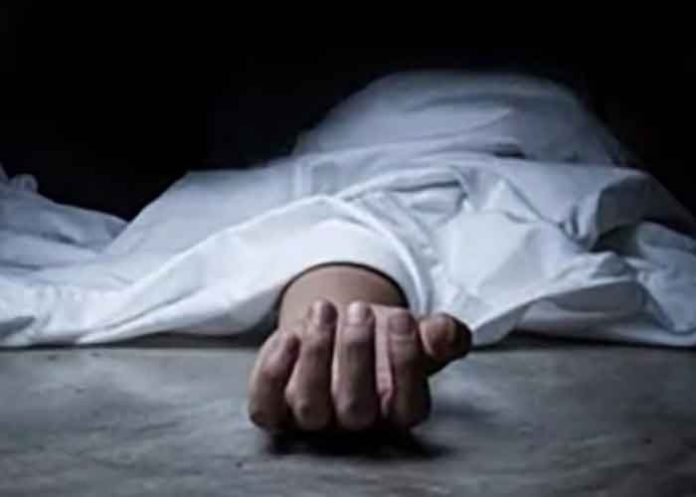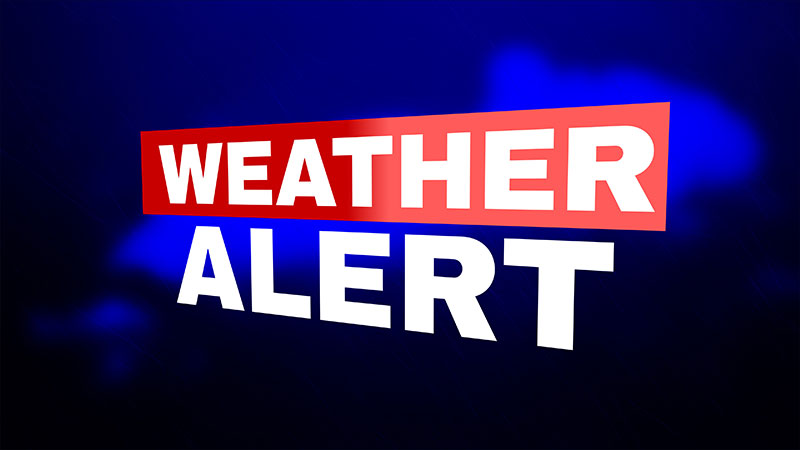
It was a winter which seemed to last forever. And one which stopped almost everything in its tracks. John Strachan never forgot the months of heavy snow and blizzards which engulfed the north of Scotland while he was growing up in the 1940s.
The Newmachar man spent 30 years with the CID in London after studying at Robert Gordon’s College in Aberdeen, but his memories remained vivid of the Big Chill. And he told The Press & Journal about some of his experiences, which included spending more than three months off school because of the extreme weather. He said: “I was eight, an age where memories are really vivid, particularly when we were off school at for 13 weeks which is quite a chunk of missed learning.
“The long absence was because the road from Hillhead to Newmachar was totally blocked with snow to a height level with the top of the dykes on either side of the roadway, and it was pretty much impassable. Food deliveries were a struggle in Newmachar and across north-east “There are a number of implications of being totally cut off from the outside world. One of the most important ones is the need for food supplies.
“Living on a farm has certain advantages in that regard. For example, there was the availability of potatoes, turnips, butter, cheese oatcakes and the occasional chicken. “More complicated foodstuffs were usually delivered by the Co-op van which, once a week, did the rounds of the more remote farms.
“Parallel to the back road, the main turnpike road between Dyce and Oldmeldrum was kept open by regular snow ploughs. “Telephoned shopping orders from the Co-op were left in boxes at Rosehall Farm on the turnpike. To collect the supplies, you had to make the journey through two parks to Buckie Farm and along the track to Rosehall.
We learned to be inventive “Rustic ingenuity came into play and a large sled was constructed with two sleepers as runners, held in place by substantial cross members, were bolted in place. “Then, the body of a horse cart was fixed on top. And it did its job.
” That was just as well, because the was the worst in almost 50 years across the length and breadth of Britain. Every part of the country, including areas with little knowledge of how to deal with harsh white-out conditions, bore the brunt of substantial snow and ice. The farming life was often harsh Mr Strachan and his family benefited from being accustomed to a rugged life in the countryside – and were assisted by some formidable beasts in the blizzards.
He recalled: “What remains vivid is the thrill of being pulled by two Clydesdales [horses] in a snow sledge, in conditions which were possibly similar to the Austrian Alps. “The snow was so deep and compacted that the horses and sled passed over the stone dyke at the bottom of the first field. In this way, the full supplies were retrieved.
“There was no time to worry about how bad things were. You just got on with it.” This was in a period when many households lacked even the basic commodities which we take for granted in the 21st century.
As Mr Strachan said: “It was not until 1950 we had running water and electricity installed in the farmhouse. “The water came from a cast iron pump in the scullery and, when the outside pipes froze, we resorted to filling the huge pot with snow which was hung from the sway over the peat fire. The animals needed feeding as well “A further problem was the continued feeding of livestock, two byres of cattle and five horses in the stable.
The long byre housed three hand-milked cows, with calves and young stirks. And their diet consisted of neeps, hay and straw. “The second byre housed the ‘store’ cattle with a similar diet, supplemented with bruised corn (oats) to fatten them for the butcher.
” The youngster and his family had to be ingenious in devising different ways of getting on with their lives despite the Arctic temperatures and months of frozen conditions. Mr Strachan said: “Neeps and tatties were stored overnight in pits with a base of some eight feet, covered in a layer of straw and by about 18 inches of earth. It was about being resourceful “However, problems arose when the supply was exhausted.
There was no other option for us but to pull the neeps from the frozen fields. “With the depth of frozen snow on the parks, that was an impossible task, so the next thing we had to turn our minds to was fashioning a snow plough. “Two railway sleepers were chamfered and bolted together at the front and fixed with stout cross planks and then weighed down by large stones or boulders.
“The snow plough was pulled by two horses and the plough parted the snow and managed to dislodge the neeps. “It was a frosty job, but at least you could see the neeps and the beasts could be fed.” Transport links could not operate Transport networks were stretched to the limit in 1947 and there were occasions where only old-fashioned techniques could prevent trains being stuck in the snow.
This nearly happened several times, but Mr Strachan recalled the methods which were employed as the battle between man and nature raged on relentlessly. He said: “A further consequence was that the LNER railway line between and Dyce became blocked and, while the snow clearing was in progress, the cattle which were being transported in wagons had to be watered with buckets and fed with hay.” There was no standing on ceremony in these days.
After all, a war had just been won against the might of the Nazi war machine. We knew we’d get through it In which light, tackling snow, clearing roads and finding ways to beat the chill were just another in a series of challenges which had to be tackled. And that mission was achieved with no lack of ingenuity.
.








